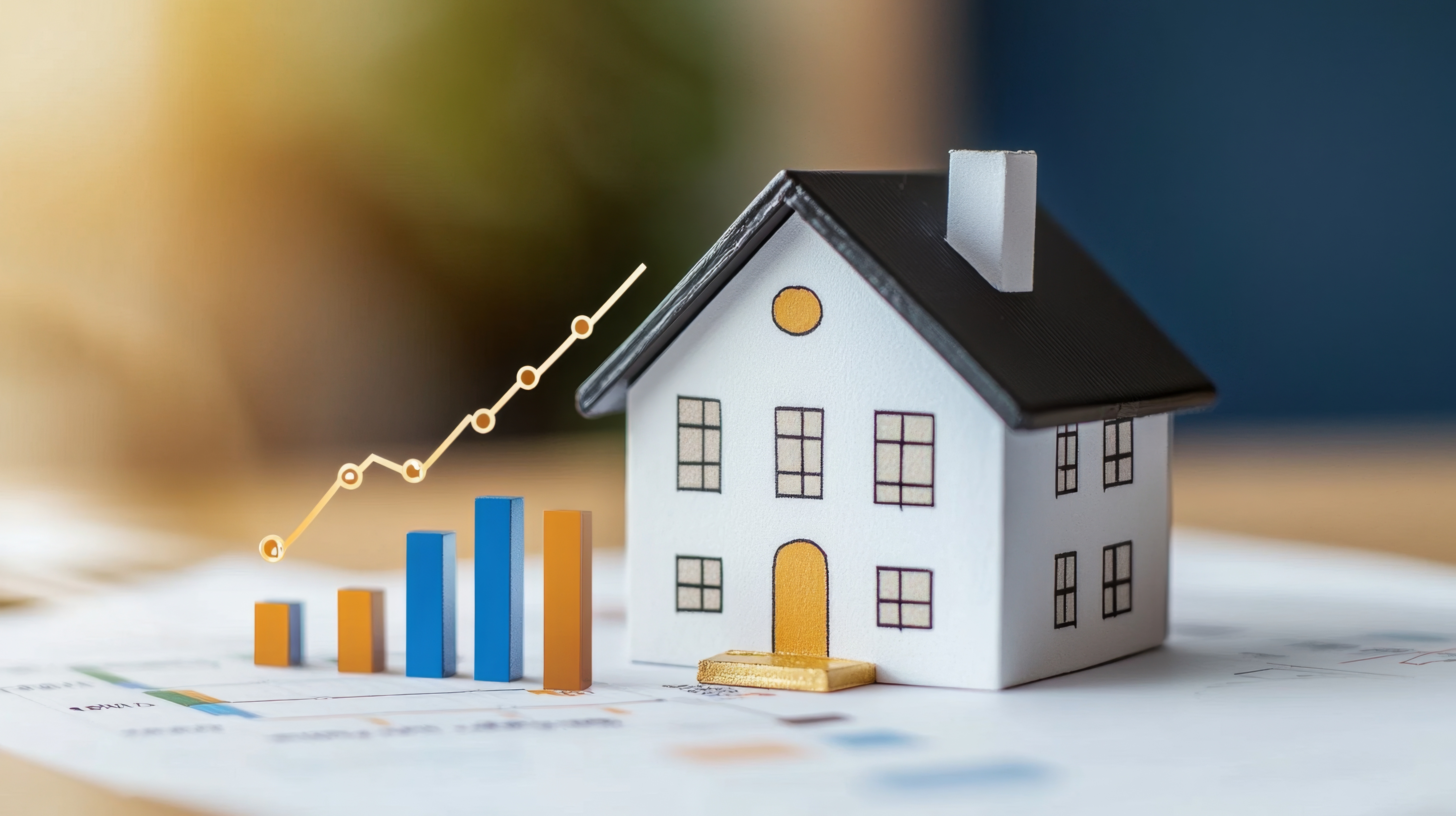
The Hidden Link Between Real Estate Cycles & Home Loan Approvals
In today’s blog, we break down the hidden link between real estate cycles and home loan approvals—and how timing your purchase could save you lakhs of rupees.
Ever wondered why sometimes getting a home loan feels effortless, while at other times, banks seem extra cautious?
If you’ve ever applied for a home loan, you may have noticed that interest rates fluctuate, eligibility criteria change, and sometimes, approvals take longer than expected. While many assume this is solely due to individual factors like credit score or income, there’s a bigger force at play: the real estate market cycle.
Just like the stock market, real estate moves in predictable cycles that impact property prices, demand, and even how banks approach home loan approvals. Understanding these cycles can help you time your purchase better, negotiate a better loan deal, and even save lakhs in interest.
So, let’s break it down!
The Real Estate Cycle – A Market in Motion
Imagine real estate as the seasons:
- Summer (Boom) – Prices rise, builders construct aggressively, and homes sell quickly.
- Monsoon (Slowdown) – The market cools, demand dips, but prices hold steady.
- Winter (Recession) – Prices drop, unsold inventory piles up, and homebuyers hesitate.
- Spring (Recovery) – Confidence returns, demand rises, and property values start climbing again.
These cycles affect everything from home affordability to loan approvals. Banks track them closely to assess risks before lending money.
The Four Phases of a Real Estate Cycle
1. Boom Phase: The “FOMO” Market
Think of 2021’s property surge, when interest rates hit record lows and homebuyers rushed to buy properties.
What happens?
- Home prices skyrocket due to high demand.
- Developers launch new projects aggressively.
- Buyers experience FOMO (fear of missing out) and rush to purchase.
Banking Behavior:
- Loan approvals are easier because property values are rising.
- Interest rates remain competitive since banks want to attract more borrowers.
- Loan-to-value (LTV) ratios are favorable since home values are appreciating.
Best for buyers?
If you want easy loan approvals, this is a good phase, but you might end up overpaying for the property.
2. Slowdown Phase: The “Caution Mode”
Picture this: Fewer buyers enter the market, sales slow down, and unsold inventory rises. The frenzy of the boom phase starts fading.
What happens?
- Property prices stop increasing rapidly but remain stable.
- Interest rates start creeping up due to cautious lending.
- Banks tighten their criteria and assess risks more carefully.
Banking Behavior:
- Loan processing takes longer as banks verify income, credit history, and repayment ability.
- Interest rates start adjusting upward to balance demand and risk.
- Stricter eligibility criteria emerge to ensure stable lending.
Best for buyers?
If you have strong finances, this could be a smart time to buy, as you get properties at fair value before prices fall further.
3. Recession Phase: The “Buyer’s Market”
This is when property prices decline, unsold inventory builds up, and developers struggle to sell homes.
What happens?
- Demand drastically drops, forcing sellers to lower prices.
- Banks become more selective with approvals.
- Interest rates fluctuate depending on economic conditions.
Banking Behavior:
- Stricter loan approvals – banks lend cautiously, fearing defaults.
- Interest rates may be higher since lenders assume higher risks.
- Discounted property deals are available, but financing could be challenging.
Best for buyers?
If you have a stable job and a strong credit score, you can negotiate great deals on both property price and loan terms.
4. Recovery Phase: The “Smart Buy Window”
Buyers start returning, developers restart projects, and prices begin rising gradually.
What happens?
- Property prices start increasing again, but are still affordable.
- Banks loosen lending policies as confidence returns.
- More home loan options become available.
Banking Behavior:
- Loans are easier to secure compared to the recession phase.
- Interest rates stabilize, giving borrowers good deals.
- This is an optimal phase to buy before prices climb further.
Best for buyers?
If you’re looking for the best balance of price, loan eligibility, and lower EMIs, this is the ideal phase.
What Does This Mean for You?
Knowing how real estate cycles affect home loans can help you time your purchase wisely:
- If you want the lowest home loan interest rates → Boom phase is best.
- If you want a good property deal → Recession offers the best discounts.
- If you want a balance of affordability and easier loans → Recovery is ideal.
The real estate market and home loans are interconnected. Timing your loan application with the right market phase can save you lakhs in interest payments and property costs.
Final Takeaway: Timing is Everything
Banks don’t just lend based on your income and credit score—they assess the market’s condition too.
So, before applying for a home loan, check not just your eligibility but also where the market stands.
Want expert insights and smarter loan options? Stay tuned as we simplify home buying—one myth at a time.


